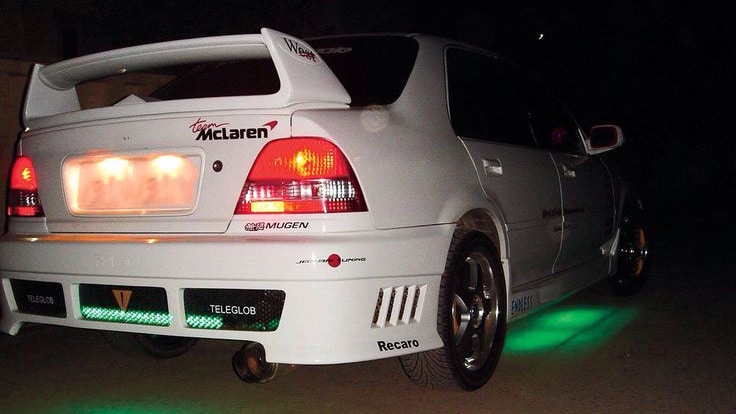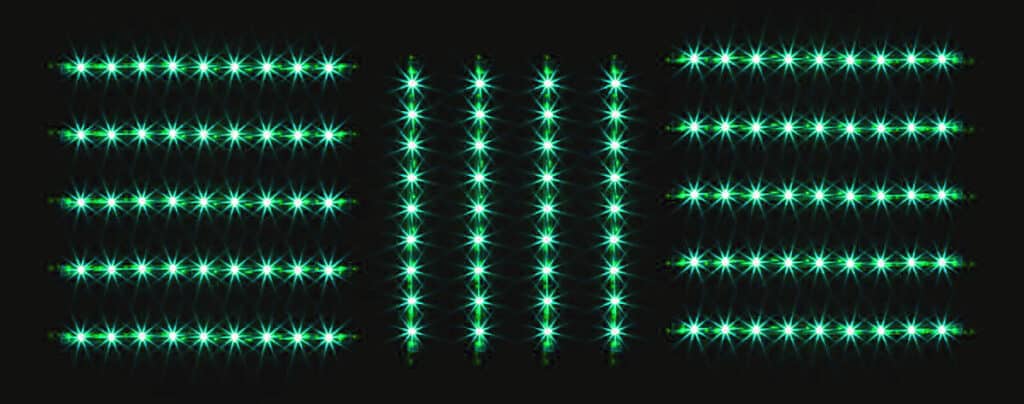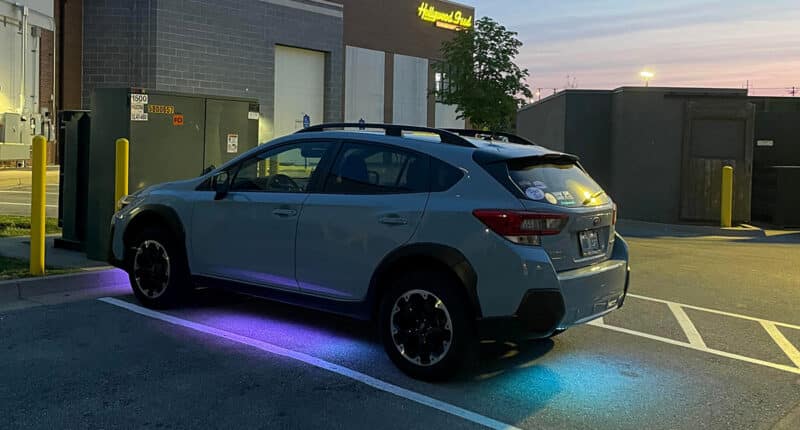Underglow is a type of cosmetic upgrade that involves installing lights to the chassis of a car or motorcycle. When done right, it creates a beautiful halo effect on the surface under the vehicle.
It’s not uncommon for such modifications to be restricted by law for road safety reasons. These restrictions vary from state to state.
In terms of permissibility, is underglow legal in Connecticut? According to relevant laws in Connecticut, all auxiliary aftermarket vehicle lighting systems, including neon underglow lights, are illegal in the state. Read on to find out more.
Connecticut Laws for Neon Underglow Light

According to the state’s laws, vehicle lighting equipment that is non-mandatory or extra must be certified by the manufacturer as legal.
You will find sections 14-83 to 14-96 in the Connecticut Code, Chapter 246: Motor Vehicles dealing with relevant vehicle lighting laws.
- Light type: If any motor vehicle wants to attach aftermarket lighting, it should be certified and in compliance with the state’s regulations. Neon underglow lights do not have this type of certification and are therefore considered illegal.
- Size: There is no mention of the permitted size of aftermarket lighting within the code.
- Permitted colors: The permitted colors for any aftermarket lighting that is visible from the front of the vehicle must be amber, yellow, or white. Any visible light on the rear of the vehicle must be amber or red. Civilian vehicles cannot have a visible red light on the front of the vehicle.
- Intensity: The luminous intensity of an auxiliary illuminating device should not exceed over 300 candelas.
Are Underglow Neon Lights Legal in Connecticut?

Based on current Connecticut laws, underglow neon lights are illegal in the state. The usage of any auxiliary lighting system requires certification to show compliance with the state’s rules and regulations. However, most of the underglow neon light manufacturers don’t certify their products.
Though technically you can install underglow lights for private property use, it is not recommended. Given the state’s rigorous laws regarding the use of public roads with illegal aftermarket lighting even turned off, these lights can get you into legal trouble.
Revolving or flashing lights are permitted for use on motor vehicles. These lights are reserved for emergency vehicles. There are restrictions on the usage of colors too. Certain colors like blue or flashing green lights are only permitted for authorized emergency vehicles.
These state legislative regulations may differ in certain counties and cities of Connecticut. Always verify the laws with your local authorities to avoid getting penalized.
Fines and Penalties for Driving With Underglow
Though the state code deems the usage of aftermarket lights illegal, it does not specify a penalty for a violation of the rule.
Generally, a violation of the lighting law results in a civil infraction. This results in a fine and an opportunity to fix the violation.
State of Connecticut Info

Named after the Connecticut River that runs through the state, Connecticut belongs to both the tri-state and New England areas.
This state is best known for its economic development and success.
It has recorded the highest per capita income, highest median household income, and second-highest human development levels in the country in the last decade.
Connecticut shares borders with Massachusetts, Rhode Island, Long Island Sound, and New York.
Population: 3,605,597
Capital: Hartford
Area: 5,543.3 mi²
Registered vehicles: 1,973,586
Total lane miles: 3,719 mi
Number of highways: 8
Underglow law references:

